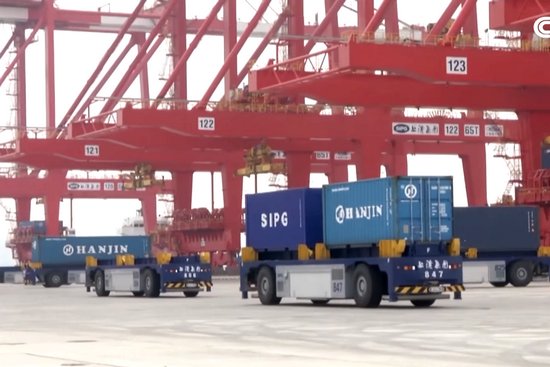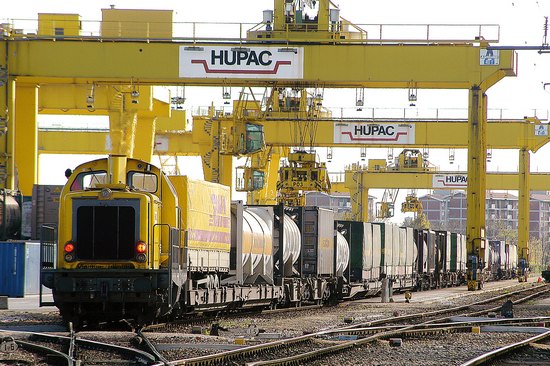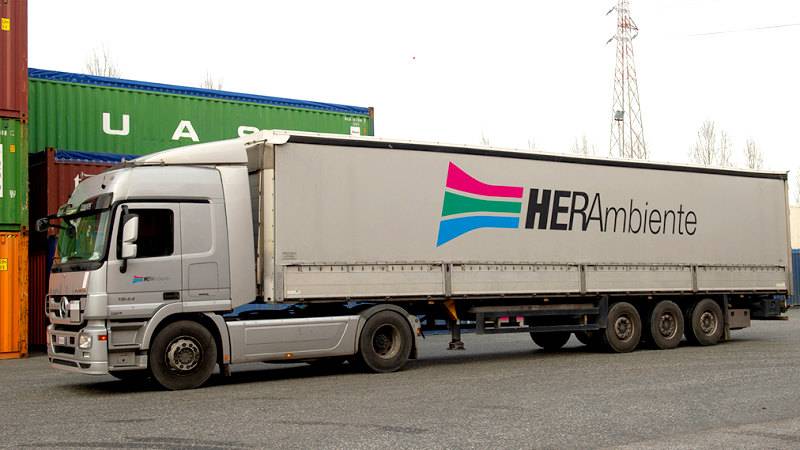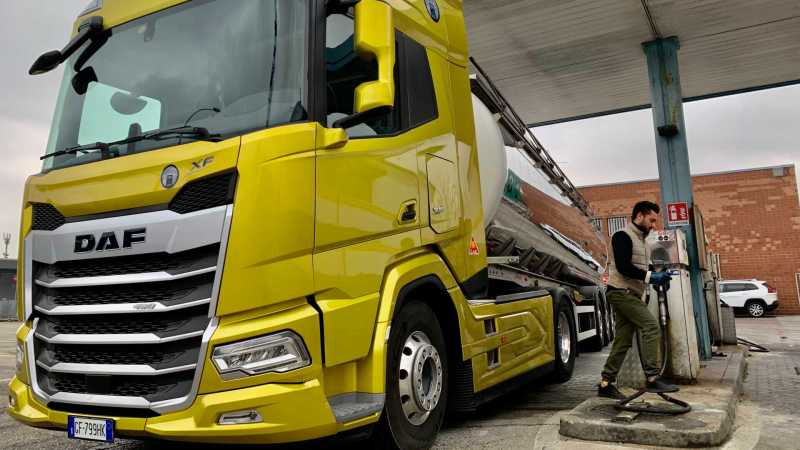At 12:30 pm local time on 23 December 2024, an explosion occurred in the engine room of the Ursa Maior, a vessel operated by Oboronlogistika, a company linked to the Russian Ministry of Defence. The explosion happened as the ship travelled through the western Mediterranean, between Spain and Algeria. Initial reports suggest that following the explosion, the vessel slowed down, veered off course, began listing, and ultimately sank. Three ships—the Russian cargo vessel Sparta, the Spanish rescue ship Clara Campoamor, and the Spanish patrol vessel Serviola—responded to the scene. Fourteen crew members were saved, while two remain unaccounted for.
The Ursa Maior (IMO 9538892) was a 124.7-metre-long ro-ro vessel built in 2009. It had been under US sanctions since May 2024. According to Ukrainian sources, the ship was part of a mission to remove equipment from Russian military bases in Syria and was said to be travelling in a convoy headed for the Syrian port of Tartus. The Ursa Maior’s captain reportedly claimed that the containers aboard the vessel were empty at the time of the incident.
However, conflicting reports and unanswered questions remain regarding the ship’s mission. In addition to the Ukrainian account, another version suggests that the Ursa Maior departed St. Petersburg 12 days earlier en route to Vladivostok in Russia’s Far East, transporting two port cranes weighing 380 tonnes each, intended for the construction of a nuclear icebreaker.
Further speculation surrounds the Russian convoy, reportedly consisting of five vessels—the Ursa Maior, the Sparta and three large landing ships—which entered the Mediterranean through the Strait of Gibraltar, purportedly heading to Syria. Both the Ursa Maior and the Sparta have previously participated in supplying Russian bases in Syria as part of the so-called "Syrian Express" service. In an official statement, Oboronlogistika claimed that the Ursa Maior was transporting equipment for "developing port infrastructure and the Northern Sea Route."
The cause of the explosion aboard the Ursa Maior remains unknown. While sabotage or military attack has been ruled out, the incident highlights the vulnerabilities of Russian cargo vessels. Sanctions may be limiting Russia’s ability to maintain and repair its fleet, thereby increasing the risk of accidents. Just days before this incident, on 15 December, two Russian tankers suffered severe accidents in the Black Sea. The Volgoneft-212 broke in two and sank, resulting in one fatality, while the Volgoneft-239 sustained damage and drifted aground near the port of Taman. Both tankers were part of the so-called “shadow fleet,” which transports oil under sanctions.


























































